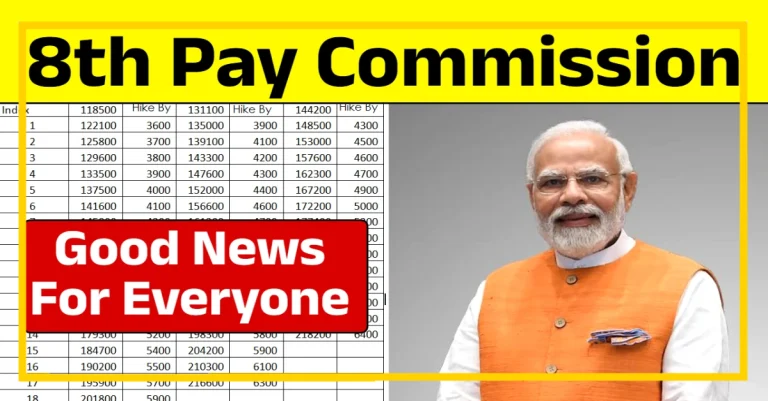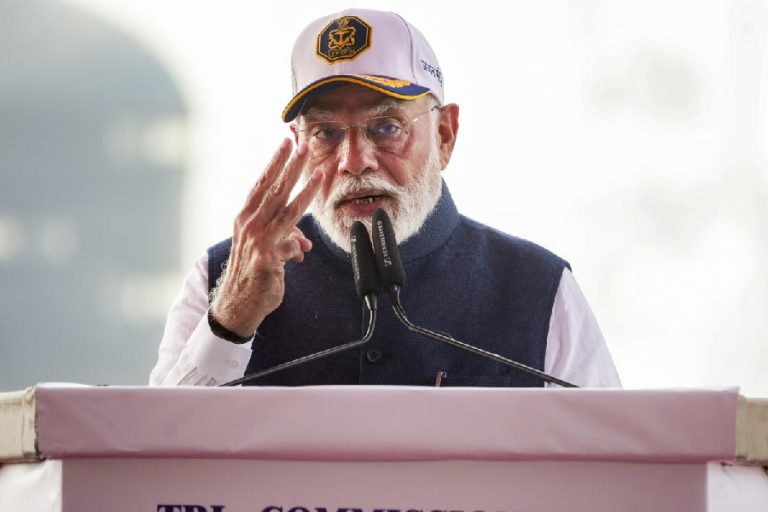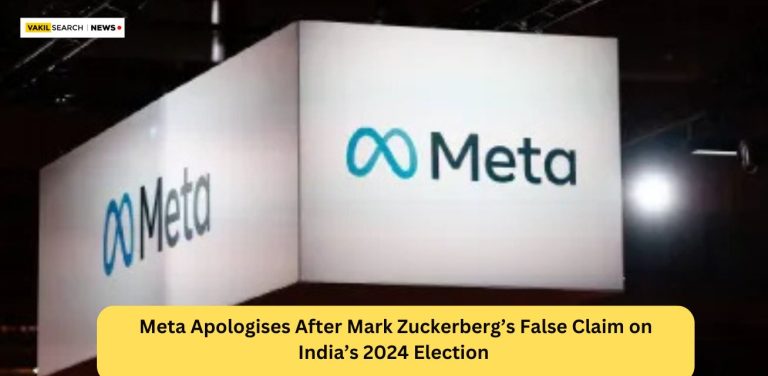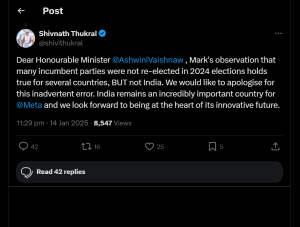The Indian government has rolled out a range of schemes to provide financial assistance, resources, and skill development opportunities for entrepreneurs, driving business growth and economic development. These initiatives, including Mudra Yojana, PMEGP, Atal Innovation Mission, and more, offer crucial support for small and medium enterprises, startups, and individuals looking to make a mark in various sectors.
Mudra Yojana Scheme
Launched in 2015, the Pradhan Mantri Mudra Yojana (PMMY) offers collateral-free loans up to ₹10 lakh to micro and small enterprises across manufacturing, trading, and services sectors. This initiative aims to boost entrepreneurship, create employment, and support economic development by making it easier for businesses to access credit.
Multiplier Grants Scheme
The Multiplier Grants Scheme, introduced by the Department of Electronics and Information Technology (DeitY), provides financial support to industry-academia collaborative research and development (R&D) projects. The government matches industry investments in R&D, fostering innovation, improving competitiveness, and supporting the commercialization of research outcomes.
Atal Innovation Mission
NITI Aayog’s Atal Innovation Mission (AIM) promotes a culture of innovation through initiatives like Atal Tinkering Labs in schools and Atal Incubation Centers for startups. AIM drives national challenges, encourages creative solutions, and nurtures entrepreneurial ecosystems to help India become a global leader in innovation and entrepreneurship.
Credit Guarantee Scheme
The Credit Guarantee Fund Trust for Micro and Small Enterprises (CGTMSE) offers collateral-free loans up to ₹100 lakh for micro and small businesses. By reducing the risk for lenders, this scheme promotes entrepreneurship and eases access to finance for MSMEs.
PMEGP (Prime Minister’s Employment Generation Programme)
PMEGP provides financial assistance to establish micro-enterprises in rural and urban areas. The scheme offers subsidies up to ₹25 lakh for manufacturing units and ₹10 lakh for service units, encouraging self-employment and reducing unemployment.
Startup India Seed Fund Scheme
Launched in 2021, the Startup India Seed Fund Scheme offers financial assistance up to ₹50 lakh to startups at early stages of development. This initiative helps bridge the funding gap, enabling startups to validate concepts, develop prototypes, and enter markets.
Annapurna Scheme
The Annapurna Scheme ensures food security for senior citizens not covered under the National Old Age Pension Scheme. Beneficiaries receive 10 kilograms of rice or wheat per month, improving the nutritional security of vulnerable elderly individuals.
Credit Linked Capital Subsidy Scheme (CLCSS)
This scheme provides a 15% capital subsidy (up to ₹15 lakh) for MSMEs to upgrade technology. By facilitating access to advanced technology, CLCSS boosts productivity, competitiveness, and growth in the MSME sector.
Dairy Entrepreneurship Development Scheme
The Dairy Entrepreneurship Development Scheme promotes dairy farming by offering subsidies for establishing dairy farms and purchasing equipment. This initiative supports self-employment and enhances milk production in rural areas.
Design Clinic Scheme
The Design Clinic Scheme, under the National Manufacturing Competitiveness Programme, focuses on improving the design capabilities of MSMEs. By collaborating with design experts, MSMEs can enhance product quality, marketability, and competitiveness.
Mahila Coir Yojana
The Mahila Coir Yojana empowers rural women artisans in the coir industry by providing training and motorized equipment at subsidized rates. The scheme enhances productivity, improves working conditions, and promotes self-employment among rural women.
SAMRIDH Scheme
The SAMRIDH Scheme supports software product startups by offering financial assistance of up to ₹40 lakh, mentorship, and market access. This initiative helps startups scale their products and secure investments for growth.
Support to Rural Innovators (SRI)
The SRI program identifies and nurtures innovations from rural areas by providing financial and technical support. The scheme helps rural entrepreneurs develop viable products and services, promoting local economies and addressing region-specific challenges.
ASPIRE Scheme
The ASPIRE Scheme fosters rural entrepreneurship by setting up Livelihood Business Incubators (LBIs) and Technology Business Incubators (TBIs). These incubators offer training and support to entrepreneurs in agro-based industries, creating jobs and promoting sustainable development in rural India.
Dena Shakti Scheme
The Dena Shakti Scheme provides financial assistance to women entrepreneurs in sectors like agriculture, manufacturing, and retail. The scheme offers concessional loans, promoting financial independence and empowering women in business.
Entrepreneurship and Skill Development Programme (ESDP)
The ESDP focuses on promoting entrepreneurship and skill development among India’s youth. The program offers training, workshops, and guidance on setting up MSMEs, fostering economic growth and employment opportunities.
Raw Material Assistance Scheme
The Raw Material Assistance Scheme, implemented by the National Small Industries Corporation (NSIC), supports MSMEs in procuring raw materials. The scheme offers credit support and bulk purchase discounts, enabling MSMEs to maintain steady production and improve competitiveness.
Single Point Registration Scheme
The Single Point Registration Scheme simplifies the registration process for Micro and Small Enterprises (MSEs) to participate in government procurement. By offering benefits like exemption from Earnest Money Deposit (EMD), the scheme encourages MSEs to compete for government contracts.
TREAD Scheme
The Trade-related Entrepreneurship Assistance and Development (TREAD) Scheme empowers women in non-farm sectors by providing financial assistance for training and capacity building. The scheme helps women entrepreneurs access credit and improve their socio-economic status.
Venture Capital Assistance Scheme (VCAS)
The VCAS provides venture capital to agripreneurs to establish agri-business projects. This initiative helps bridge the financial gap in the agriculture sector and promotes entrepreneurship in agri-businesses.
These government schemes empower entrepreneurs, driving innovation, and supporting economic growth in India. Whether you are looking to start a business, expand an existing venture, or access financial assistance, these initiatives provide valuable resources for entrepreneurs across various sectors.
For entrepreneurs looking to take advantage of government schemes, Vakilsearch provides the support you need. Our team helps you understand and access the right financial resources and opportunities. We assist with legal compliance and the application process, ensuring execution. Reach out to us for solutions that your business forward.











